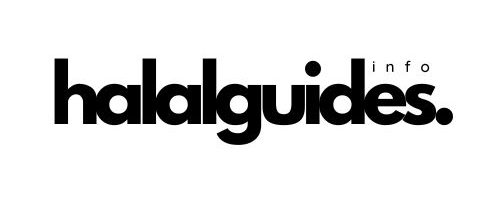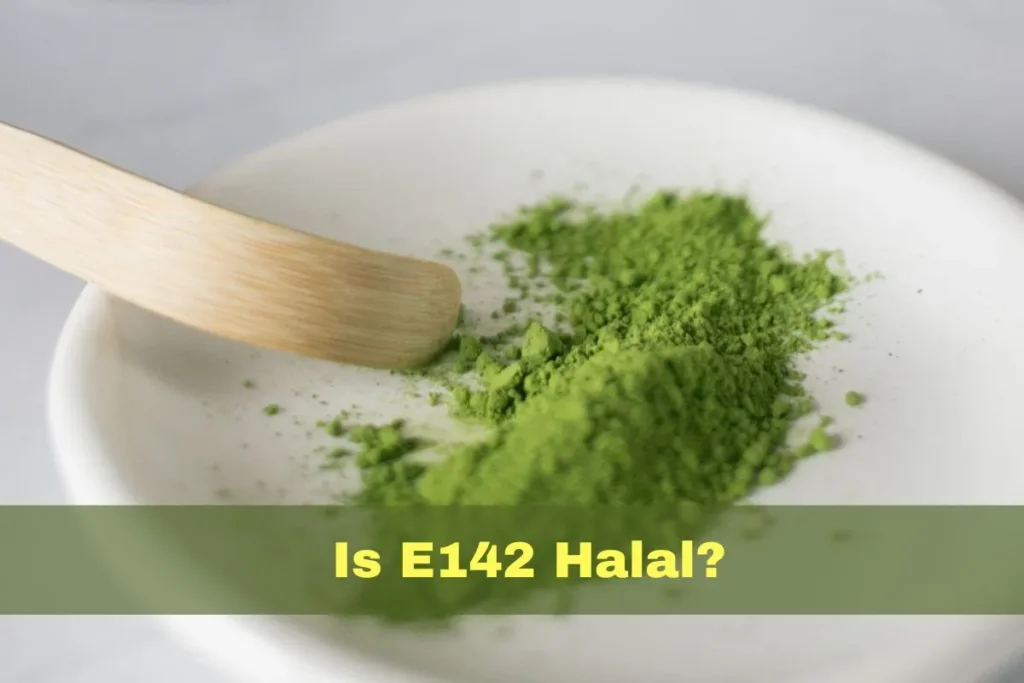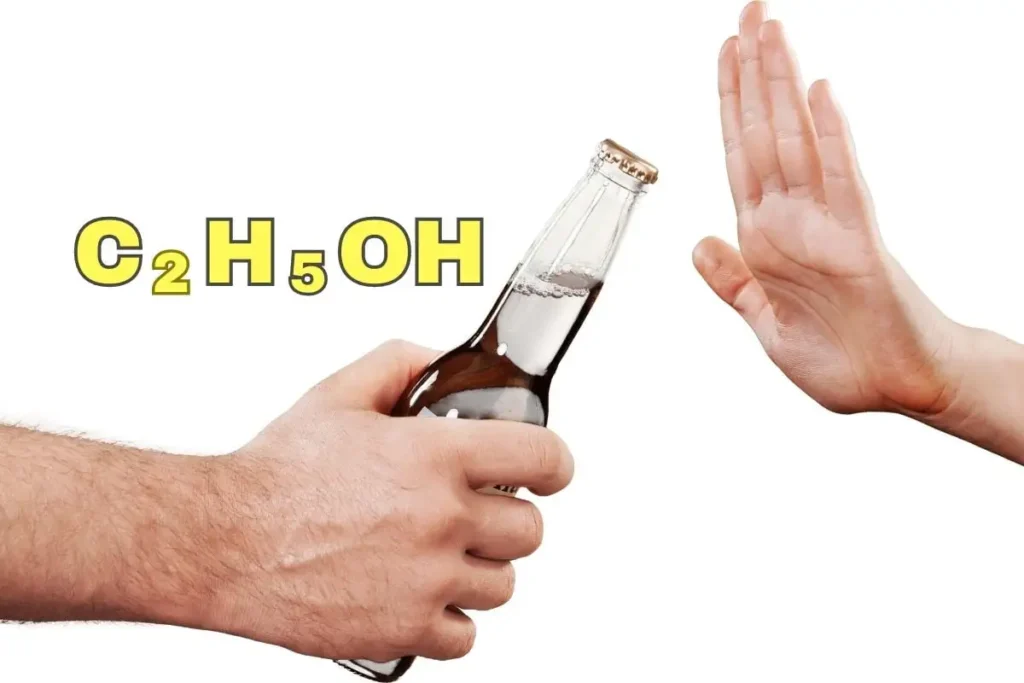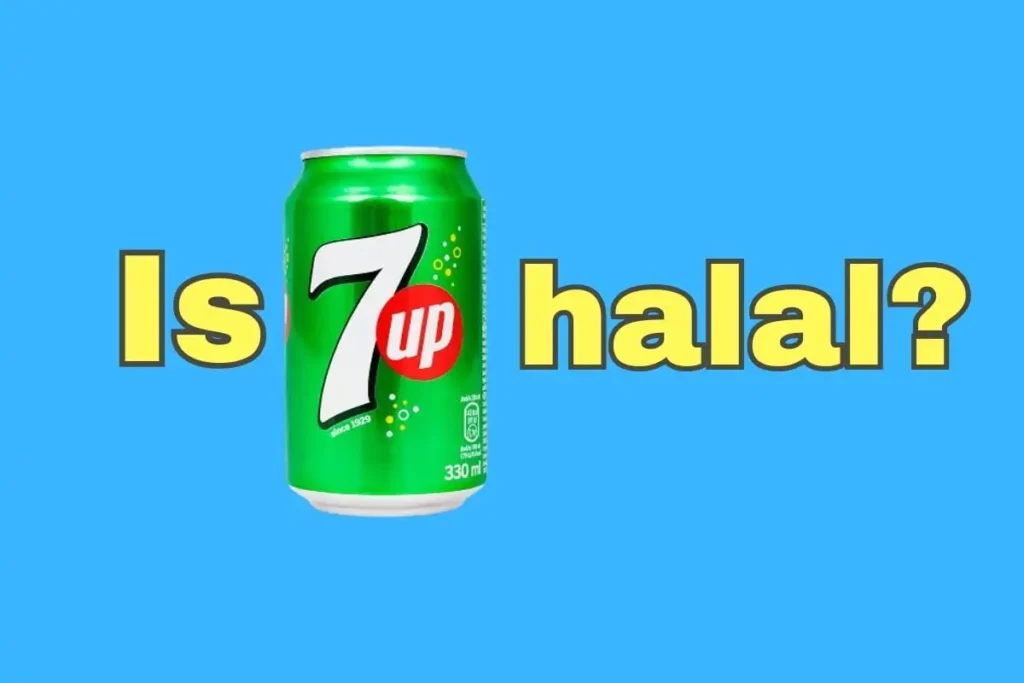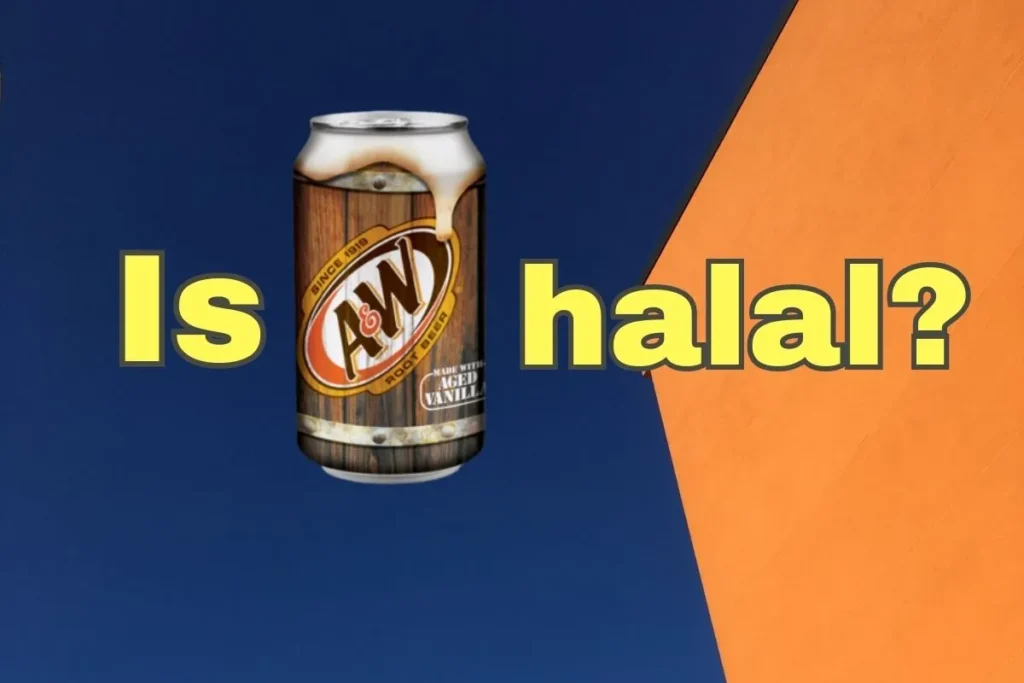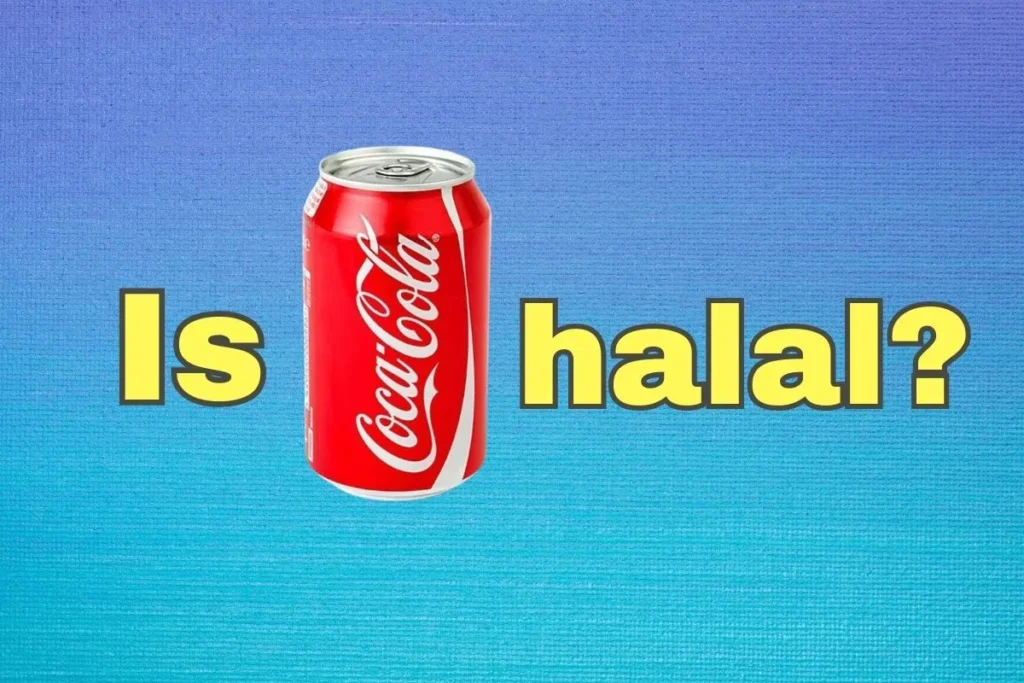Navigating the maze of food additives can be daunting, especially when it comes to understanding their Halal status. “Is E142 Halal?” is a question many have pondered. Let’s embark on a journey to unravel the mysteries of E142 together.
Key Takeaways
| 📌 E142, known as Green S, is a synthetic food dye used to make foods and products green. It belongs to the azo dye family, widely used in the food industry for its vibrant colors and affordability. |
| 📌 Green S is generally considered Halal because it is synthetically produced and not derived from animal sources. |
| 📌 E142 is subject to varying regulations in different countries. In the European Union, it’s approved with restrictions, while the FDA deems it safe if used within recommended limits. |
What Is E142?
E142, commonly known as Green S, is a synthetic food dye used to give products a green hue. But what exactly is it? E142 is one of the many food colorants that belong to the azo dye family.
These dyes are prevalent in the food industry, especially in products that require vibrant and eye-catching colors. But why is it so popular? The answer lies in its effectiveness and affordability.
Did you know? E142 is not just used in food. It’s also found in cosmetics and pharmaceuticals!
Chemical Structure
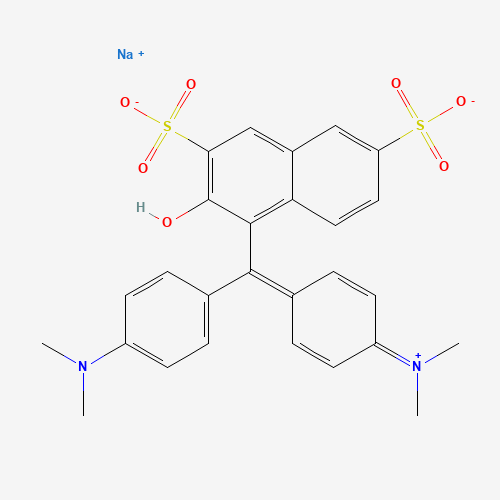
The chemical structure of E142 is quite fascinating. It’s a complex molecule with the formula C16H10N2Na2O7S2. This might sound like gibberish to some, but to chemists, it’s a clear representation of the compound’s makeup. The structure consists of two azo groups (N=N) which are responsible for its vibrant color.
Fun fact: The name “azo” comes from the French word for nitrogen, “azote.”
What Is E142 Made From?
E142 is synthesized from aromatic amines, specifically naphthionic acid. The process involves a series of chemical reactions that eventually produce the green dye. It’s not derived from natural sources, which often leads to the question: Is it safe? And more importantly, is it Halal?
Possible Side Effects
Like many food additives, E142 has been studied for its potential side effects. Some studies suggest that excessive consumption of azo dyes can lead to allergic reactions, especially in individuals who are sensitive to salicylates. Symptoms might include rashes, itching, and even asthma in severe cases.
Moreover, there’s ongoing debate about the link between azo dyes and hyperactivity in children. However, the evidence is inconclusive.
Remember: Moderation is key. Always check product labels and be aware of what you’re consuming.
Regulations and Guidelines
Different countries have varying regulations concerning E142. In the European Union, E142 is approved for use in certain food products but with restrictions. The FDA, on the other hand, has deemed it safe for consumption, provided it’s used within the recommended limits.
Question to ponder: If different countries have different regulations, does it mean E142’s safety is subjective?
Dosage and Administration
The acceptable daily intake (ADI) of E142 is set at 5 mg/kg of body weight. This means if you weigh 60 kg, you shouldn’t consume more than 300 mg of E142 per day. But let’s be real, how often do we check the exact amount of food dye in our snacks?
Is E142 Halal or Haram?
The million-dollar question: Is E142 Halal? Since E142 is synthetically produced and not derived from animal sources, it’s generally considered Halal.
Find out more:
Is E141 Halal or Haram?
Is E1420 Halal or Haram?
Conclusion
E142, like many food dyes, has its pros and cons. While it’s effective in giving products a vibrant green color, there are potential side effects to consider. As for its Halal status, it’s generally accepted as Halal due to its synthetic origin. But as always, personal research and consultation are crucial.
Allahu A’lam (Allah Knows Best)
FAQ
What is the source of E142?
E142 is synthetically produced from aromatic amines, specifically naphthionic acid.
Is E142 safe for consumption?
E142 is deemed safe for consumption within the recommended limits. However, excessive intake might lead to potential side effects.
What are some common food products that contain E142?
E142 is commonly found in candies, soft drinks, jellies, and even some baked goods.
What is the CAS number of E142?
The CAS number of E142 is 3087-16-9.
Is E142 banned in any country?
Yes, E142 is banned in some countries, including Norway, the United States, Canada, and Japan in certain products. Always check local regulations before consumption.
- Is Pop Tarts Halal? What You Need to Know - February 18, 2024
- Are Graham Crackers Halal in Islam? - January 19, 2024
- Is Keebler Wheatables Halal? - January 18, 2024
